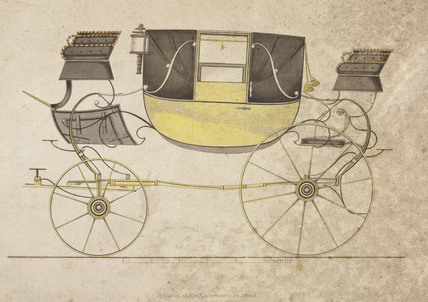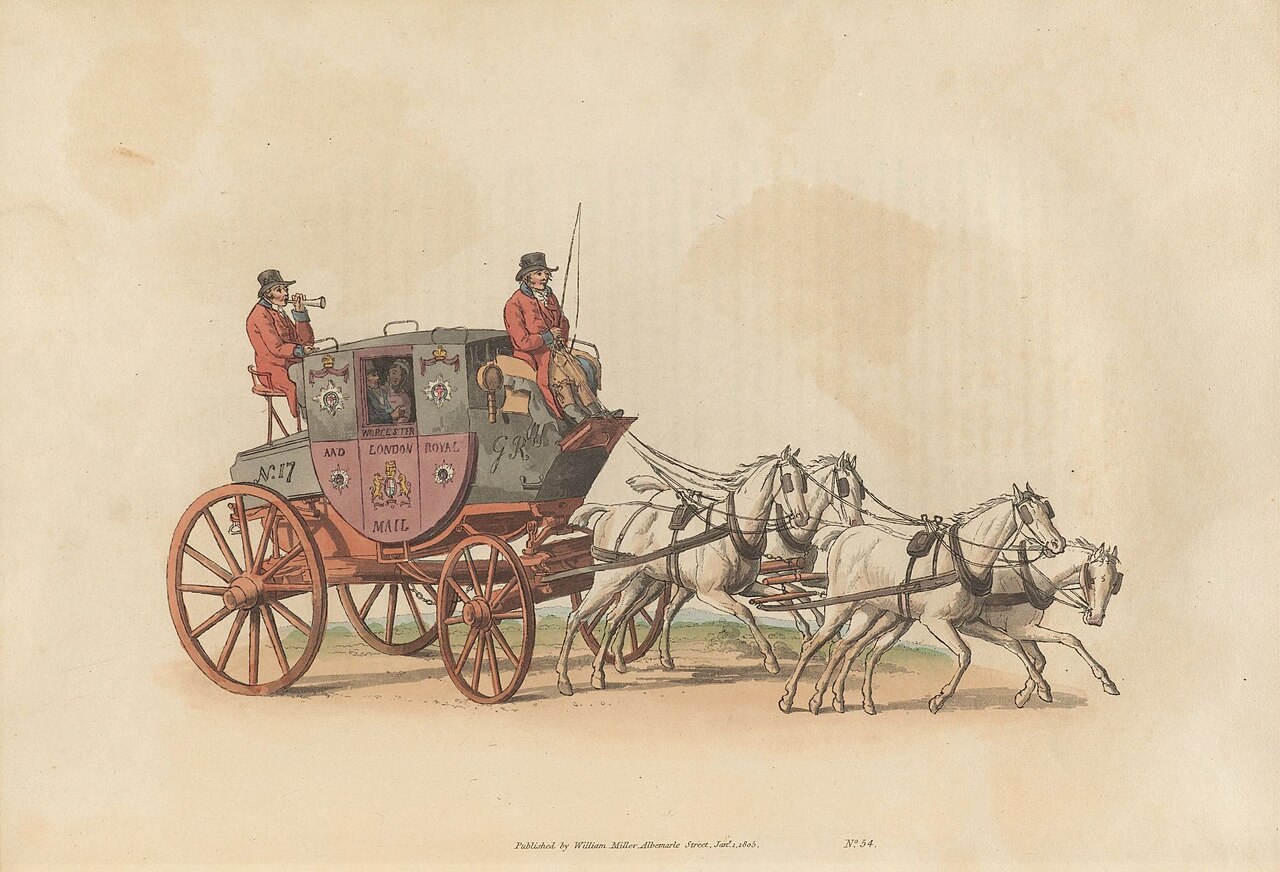©Cheryl Bolen
Our whole family has a love affair with London, and since
our sons have grown we've spent a lot of our time in its pubs.
Though my boys are far more discerning over their beer,
bitters, ale, and stout (I may not have all that right because I'm not all that
discerning about such) I, on the other hand, am more discerning about history.
I love historical pubs.
In London, you can find a pub (this name a shortening of public house) on every block, but it's
much harder to find a historic pub in the world's most urbane, international
city. Nowadays, many pubs have morphed into wine bars. Others have eschewed
traditional "pub grub" like shepherd's pie for appetizers like . . .
can you believe nachos? And many have gone Zen with their decor. We prefer dark
with rich old wood bars. We love to get fish and chips and kidney and
shepherd's pies. If there's a fireplace, so much the better. My last
consideration is "associations." What historical figures are associated with the pub?
The oldest pubs typically are in the oldest parts of London,
around The City and the boroughs immediately surrounding it. (There are 32
boroughs in this vast city.) Most of the really old pubs will have low ceilings
and often are housed in several smaller rooms.
Here's a list of historical pubs we have sampled. It is not
complete because we will continue adding to it with each new trip.
Ye Olde Cheshire Cheese
One of the first historical pubs we ever checked out was Ye
Olde Cheshire Cheese (rebuilt in 1667) in The City. Though there's a sign for
it on Fleet Street, customers enter through a "close," which is a narrow
pedestrian street, off of Fleet.  |
| My husband and son beneath Ye Olde Cheshire Cheese sign. |
Many decades ago my high school English teacher showed us
slides from her 1950s trip to London. I remembered two things about those
slides more than 20 years later when I took my first trip to England. I
recalled all the post-war rubble of bombed buildings—and the name of an old pub
where Samuel Johnson and many other literati had imbibed, Ye Olde Cheshire
Cheese.
Now, no trip to London is complete for us without a swing by
the quaint, dark warren of rooms. We prefer the tiny front one with its own
fireplace. We loved being there on weekdays and seeing all the bankers and
journalists coming off Fleet Street in their suits for an after-work pint.
Sadly, in recent years, it's been discovered by tourists, and those British
accents are becoming rare.
Spaniard's Inn
I prefer the interior's low-ceilinged nest of rooms, some
with cozy high-back benches of old oak. If there's no rain and even a hint of
sunshine, Londoners, on the other hand, will opt to eat and drink in the large garden,
part of which is arbored.
Unlike Ye Olde Cheshire Cheese, this has not been overrun by
tourists. It is very popular with locals from the posh surrounding
neighborhoods of Hampstead and Highgate, and its parking lot (a rarity for a
London pub) is filled with Range Rovers and BMWs.
The George Inn
 |
| Photos by Cheryl Bolen |
Though the National Trust bought the inn to preserve it,
it's no museum. It's a popular hangout for food and drink, and the interiors
are authentic English pub. Like Ye Olde Cheshire Cheese, The George is composed
of many small rooms that offer that unique coziness that promotes good
conversation and good times. It was visited by Charles Dickens and mentioned in
his Little Dorrit.
Cittie of Yorke
 |
| Bolen Boys at Cittie of Yorke |
Though it's a vast departure from the low-ceilinged
labyrinths of some of our favorite old pubs, this is a must-see. There's a cozy
front room, but the heart and soul of this wonderful pub is its high-ceilinged
main room with the famed long bar. Something about it—perhaps its high
clerestory windows—reminded me of the big hall in the Augustinian Brewery in
Salzburg. There is plenty of dark wood here to add the patina of age.
 |
| Enjoying a pint (or half pint) in one of the quaint cubicles at Cittie of Yorke. |
The pride
of place at the Cittie of Yorke are the Victorian-style oak cubicles that line
either side of this large, wood-floored chamber. We had to wait to claim one,
but it was well worth it. An added plus is the pub's endorsement by the
Campaign for Real Ale.
Part II, Next Blog
Ye Olde Mitre Tavern, High Holborn/Chancery LaneRed Lion in Westminster
The Cross Keys in Covent Garden
The Lamb and Flag in Covent Garden
The Old Bell Tavern in the City
Cheryl Bolen's third Brazen Brides book, Oh What a (Wedding) Night, releases this spring.

















